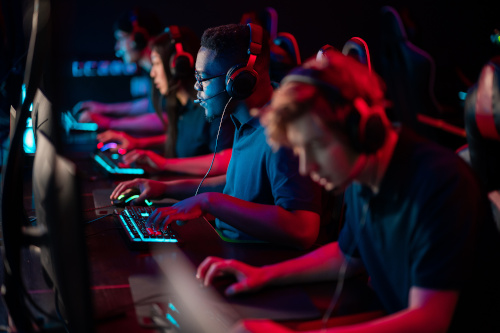
You stand, triumphant in front of a crowd cheering your name. After years of dedicated training and countless hours of practice, you’ve made it to the pinnacle of your game, the moment of enjoying the spoils of being a world-class athlete. Just a few months later, the pressure, stress, and injuries due to maintaining that top position have had a severe impact on your mental, emotional, and physical health and you’re forced to retire at 23.
While this may sound like a tragic story of a basketball or football athlete struck down as they were beginning their career, it happens for esports athletes too.
Esports–commonly accepted as “a multiplayer video game played competitively in front of spectators, by both professional and amateur gamers”–is quickly becoming a household term along with esports game titles such as Rogue Company, Call of Duty, and Rocket League. Over the last several years, schools and universities have realized that esports allows students who felt excluded from other extracurricular activities to finally find their “place” doing something they are passionate about within their scholastic environment. Research shows that students involved in an extracurricular activity are more engaged in the classroom and in their studies.
Esports is also a powerful method for interdisciplinary collaboration across campus.
Schools and universities have discovered that esports can also introduce students to science, technology, engineering, art, and math (STEAM) careers. Efforts like Good in Gaming are establishing pathways for gamers to develop their STEAM knowledge and skills needed to translate them into a career.

